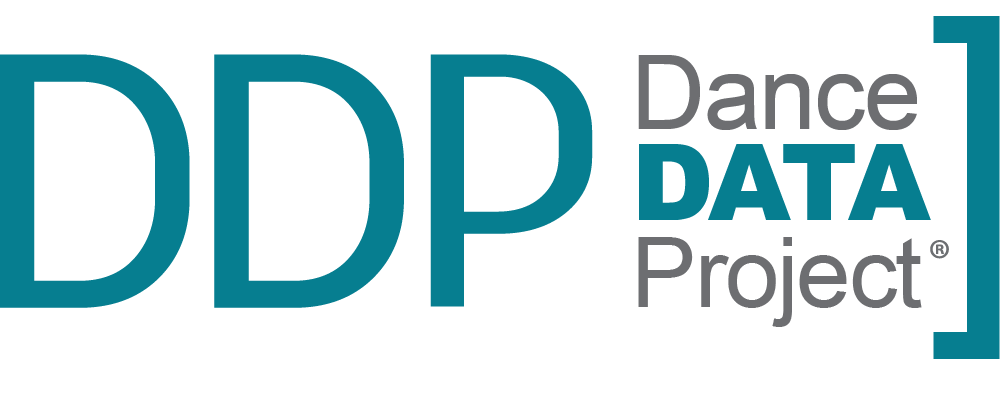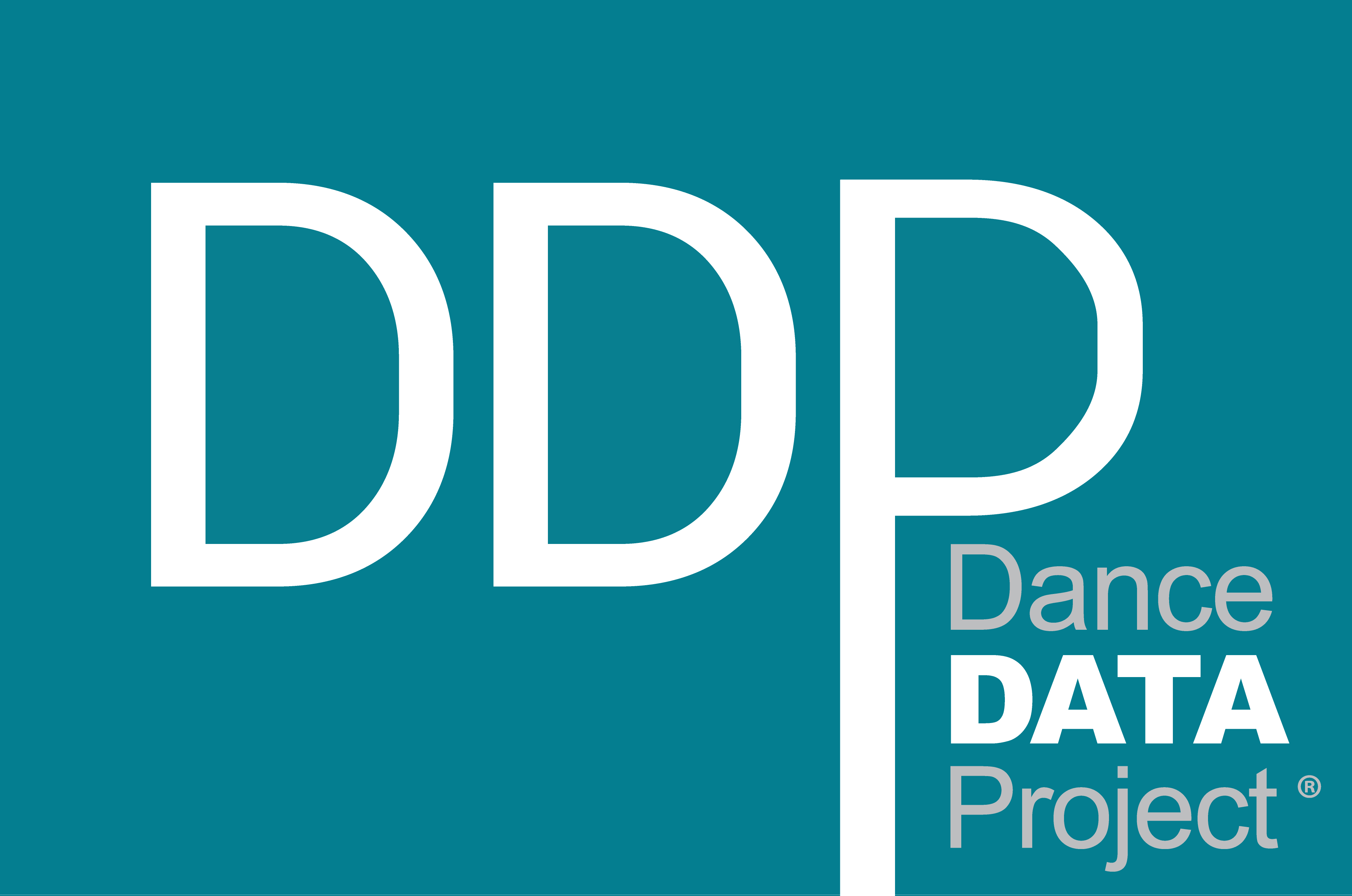A Note From Our Founder: #AskB4UGive
"The Devil Ties My Tongue" by Amy Seiwert performed for the SKETCH Series, 2013. Photo by David DeSilva. Courtesy of Amy Seiwert's Imagery
April 30th: South Arts: Professional Development & Artistic Planning Grants, April 30th: South Arts: Express Grants, May 6th: Doris Duke Foundation Grant, May 7th: South Arts Individual Artist Career Opportunity Grant, May 27th: Dancemakers Residency, June 1st: Miami DanceMakers
×
"The Devil Ties My Tongue" by Amy Seiwert performed for the SKETCH Series, 2013. Photo by David DeSilva. Courtesy of Amy Seiwert's Imagery
DDP has spent the last year or so thinking about the most strategic way to move the needle in terms of women’s leadership in classical ballet. While our focus has been the world of dance, the same thoughts apply to women and minority representation in film, opera, symphonic music, museums, and frankly, any not-for-profit organization.
As I sit in boardrooms with trustees of foundations or listen in the back as board members blithely accept that all male panels of experts are the norm, I have become increasingly frustrated with the status quo and even more committed to changing it.
It is not enough to simply donate money to a female-led production. These are often one-and-done, or, as I have begun to realize, their funds don’t actually go to support the female artist. Instead, she is frequently given the leftovers of casting, rehearsal time, costumes, pay, venue and touring.
A recent conversation with a supremely talented West Coast investment advisor, who has been transformational in leading the charge for more women in finance, reinforced my growing suspicion that, in the dance world, seeing the inequity in numbers just isn’t sufficient.
Clearly, numbers do matter – but they aren’t enough. Dance Data Project™’s original research should eliminate the arguments offered by male dance leaders (critics, senior staff, resident choreographers and board members) who refuse to recognize there is a problem.
DDP can demonstrate the inequity all day long, cite statistics that women-led productions are extremely popular with audiences and, more broadly, refer to study after study demonstrating that management teams with female representation make better decisions.
All this evidence from our research is critical. At the end of the day, however, all the rational argument in the world cannot stand against entrenched beliefs.
Men hire men. Once women are hired into an organization, they receive less support and fewer resources than men. See McKinsey & Company’s Women in the Workplace 2018. The study found that people (even women) trust men’s decision making more than women’s, even in the face of clear evidence to the contrary.
Another critical article is by Aneeta Rattan, Siri Chilazi, Oriane Georgeac, and Iris Bohnet. “Tackling the Underrepresentation of Women in Media” highlights the important lessons leadership can learn from BBC’s 50:50 Project. Journalist Ros Atkins addressed the distinction between the roles of confronter and bystander in the workplace. When making a change in diversity and representation of women, one must ask oneself, “What can I do differently?” Atkins and other interviewees teach us that change can be made through a combination of self-awareness, clear goals and teamwork, data collection, and their verifiable outcomes that alter the field beyond our immediate workplace.
Like the vast majority of ballet companies and dance organizations, DDP is made up of a largely-female team, and I, as its leader, am proud to act as a confronter in a field that is thronged with bystanders.
So, this begs the question: What other actions will be effective to change ballet as an industry?
There is one clear avenue to incite change: advocate for political and economic pressure through an informed donor base, whether that base be supported by individuals, corporations or foundations.
This is why Dance Data Project™ is establishing our first advocacy platform to publicly encourage board, foundation and donor education and responsibility.
Below are questions every donor should ask:
Board of Trustees/Directors:
Leadership Positions:
Pay Equity/Transparency:
Internal Policies – Sexual Harassment, Mandatory Arbitration, & Parental Leave:
Performances/Exhibitions/Shows:
To learn more about philanthropy in general, specifically issues in philanthropy and how women are changing the field through giving circles and financial techniques like social impact investing, search for resources like Kiersten Marek’s wonderful website or check out Inside Philanthropy:
For an excellent discussion of ending sexual harassment at not-for-profits, see the April 2018 issue of The Chronicle of Philanthropy.
For a deeper dive on research into the impact of women and philanthropy, see the research catalogue of The Lilly Family School of Philanthropy at Indiana University.
To become part of the women’s empowerment movement in philanthropy (male allies included), see the following:
To learn about initiatives that focus specifically on women and their money, have a much deeper understanding of how women give and how they prioritize philanthropic investments, visit:
Reach out to us to learn more about our mission.
"The Devil Ties My Tongue" by Amy Seiwert performed for the SKETCH Series, 2013. Photo by David DeSilva. Courtesy of Amy Seiwert's Imagery

 New York Times: Money Is Not Just for Men
New York Times: Money Is Not Just for Men
Leave a Reply
Want to join the discussion?Feel free to contribute!